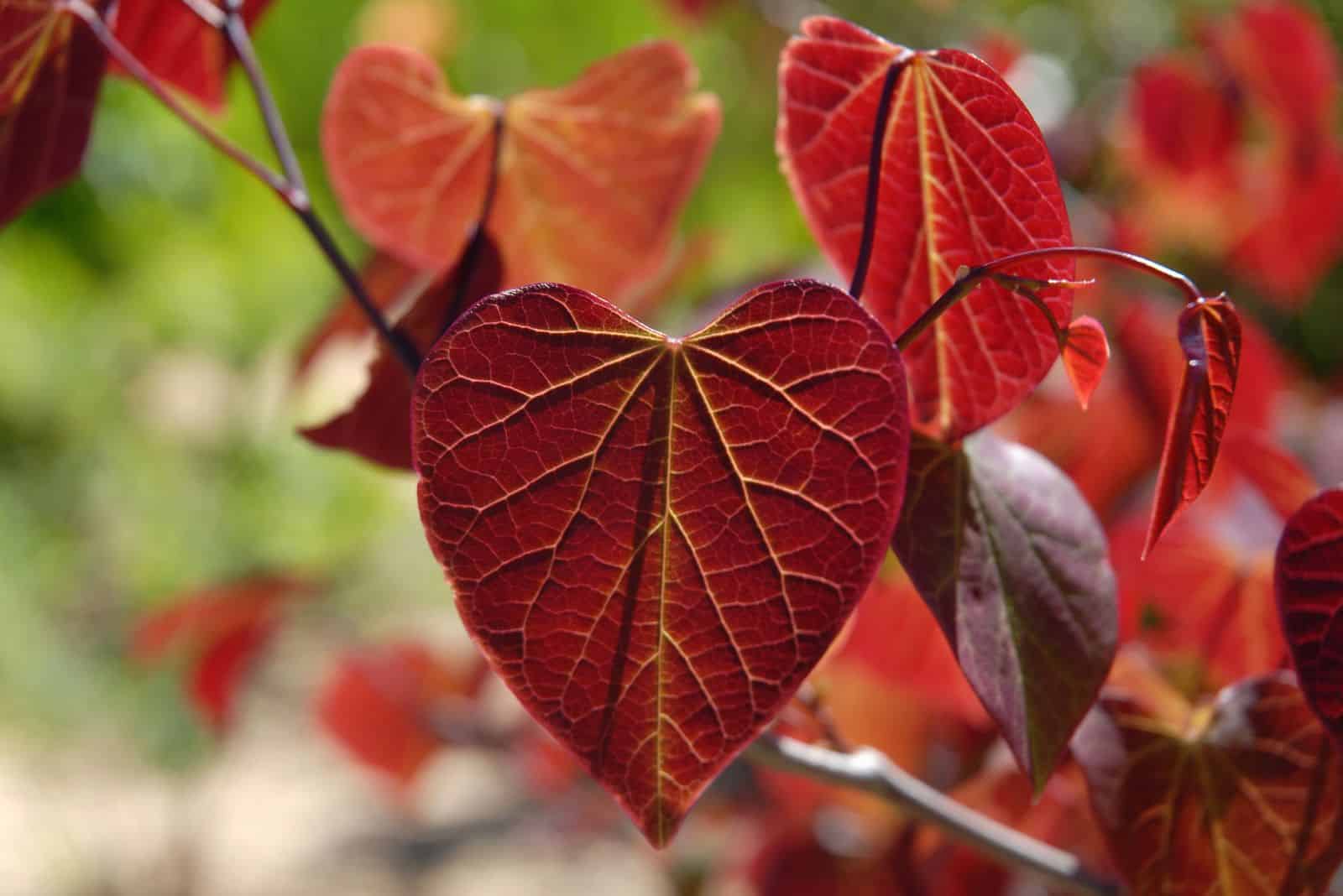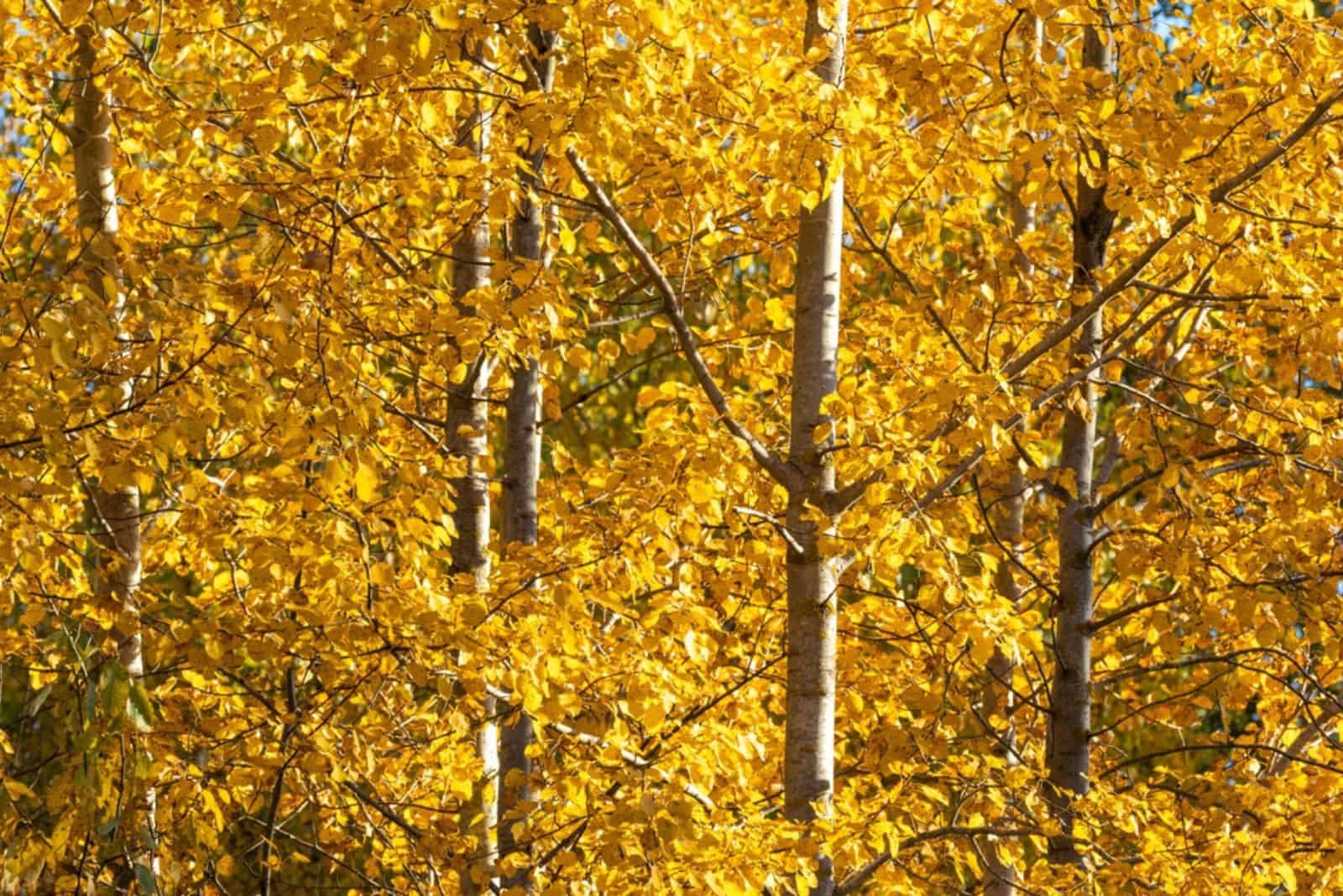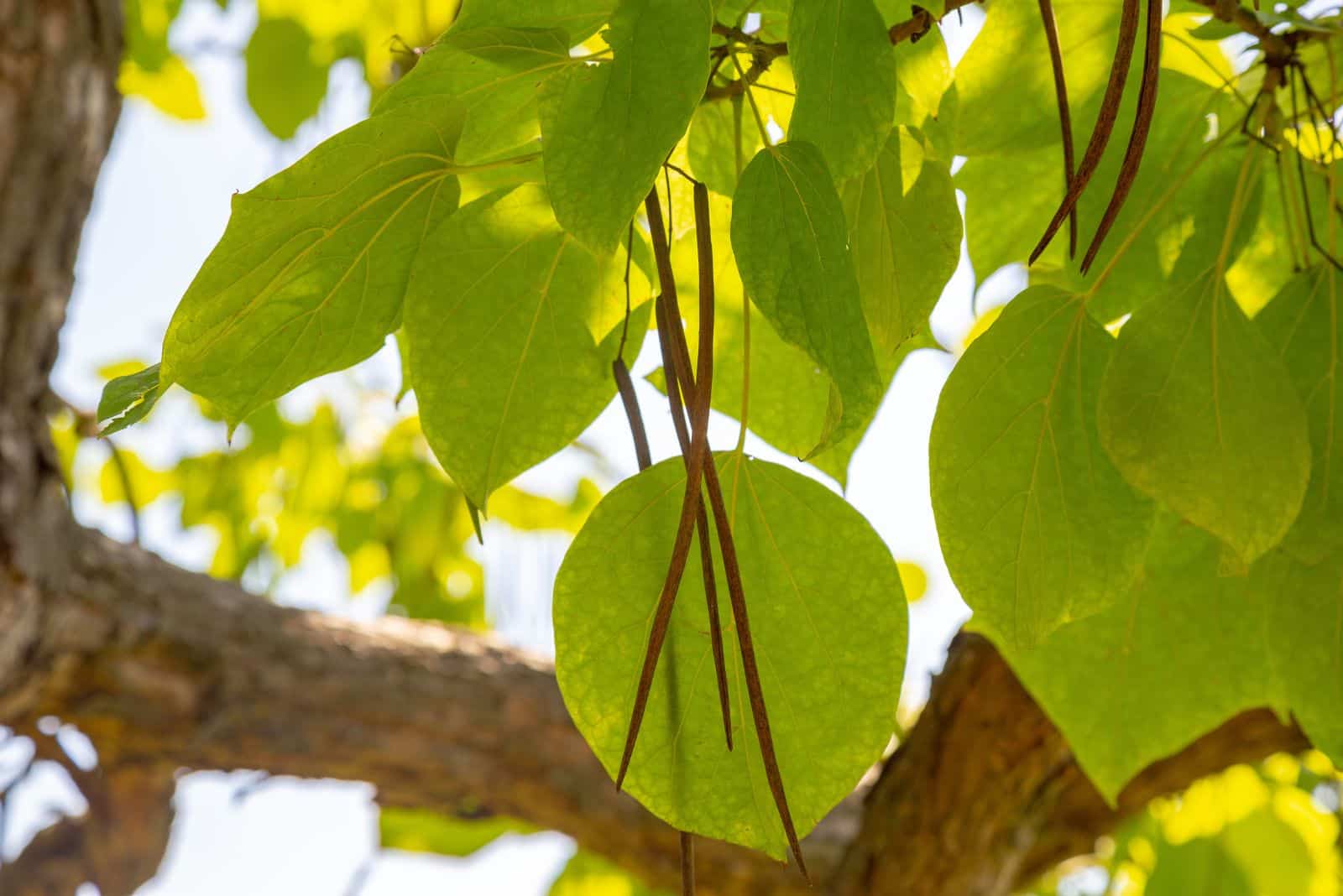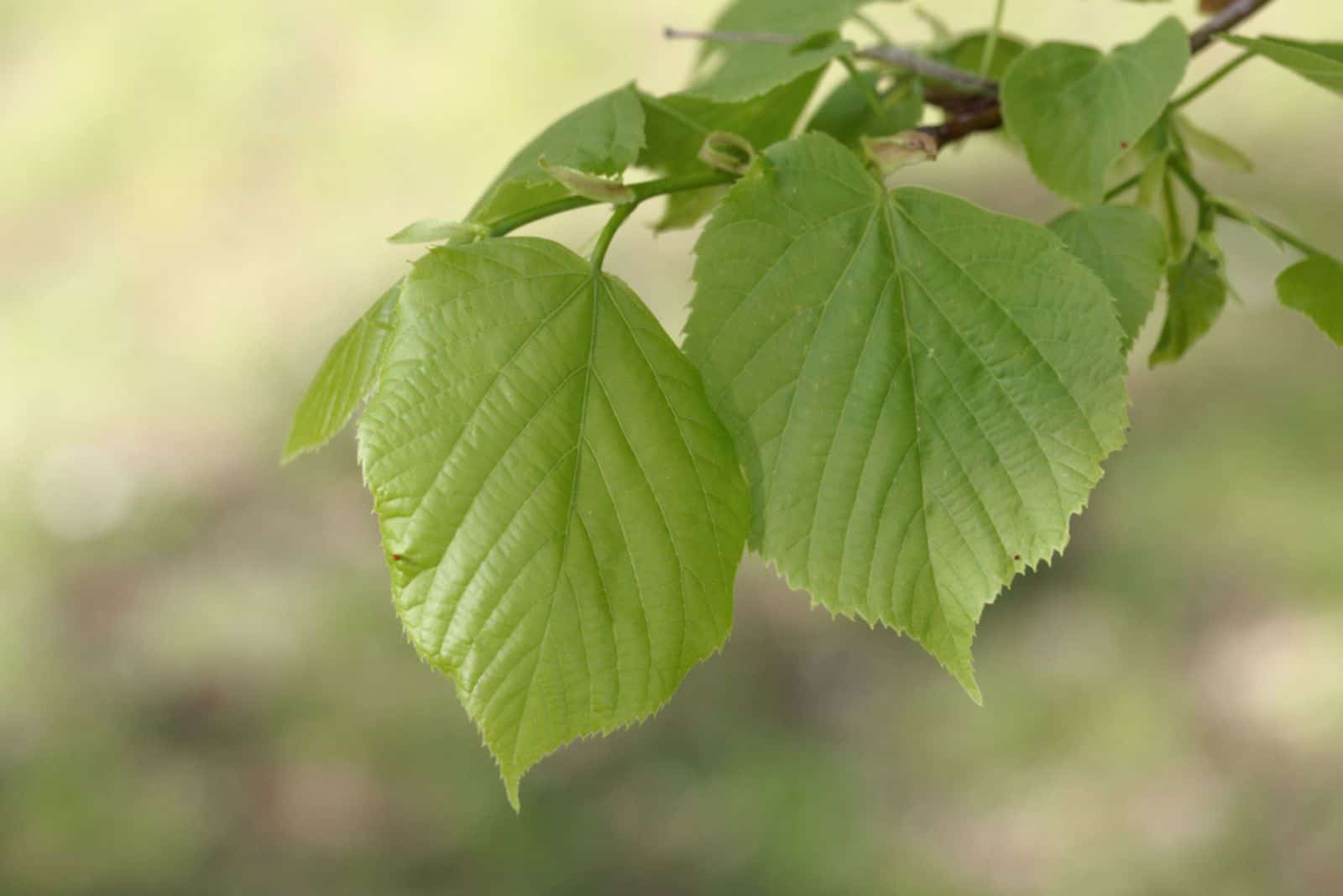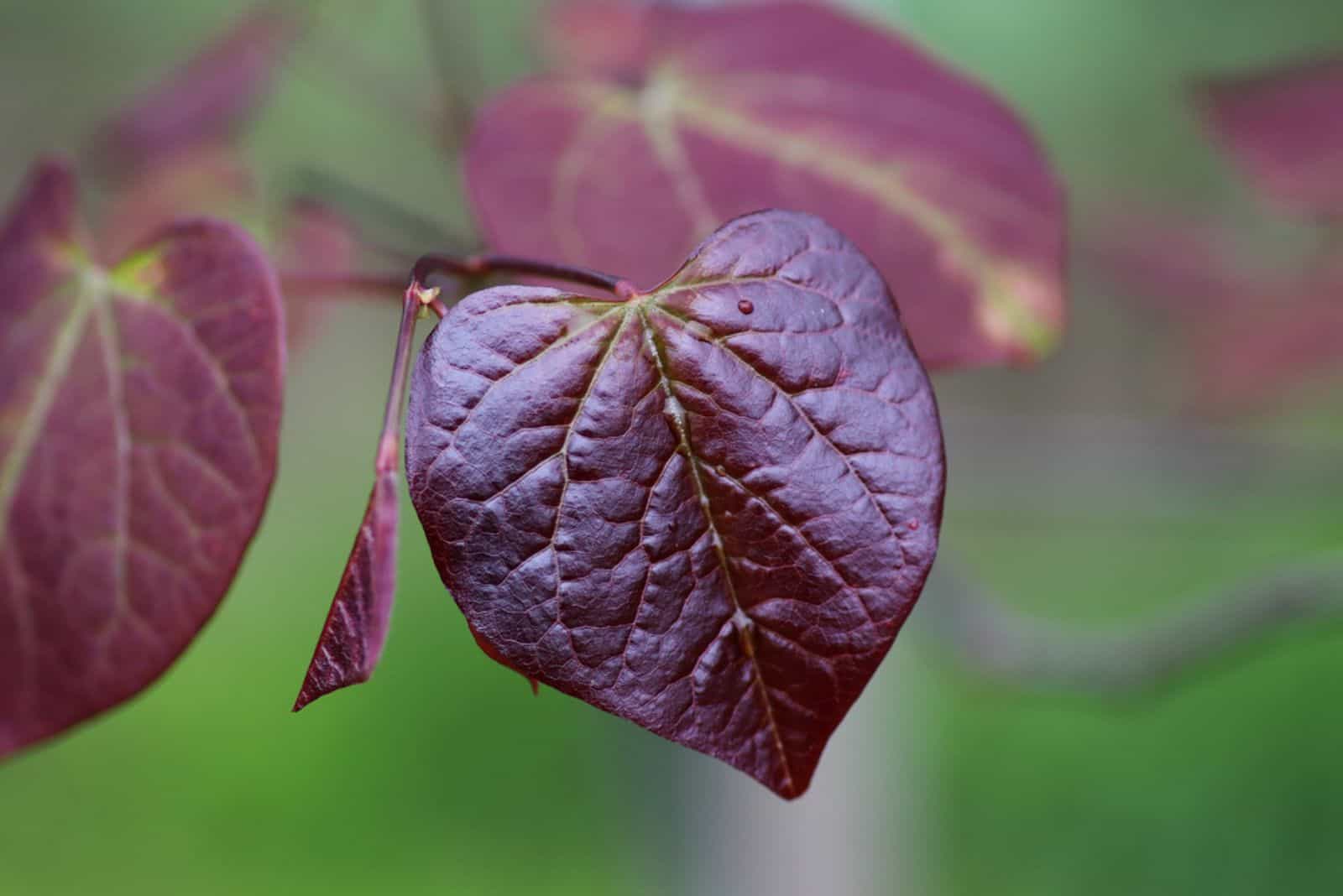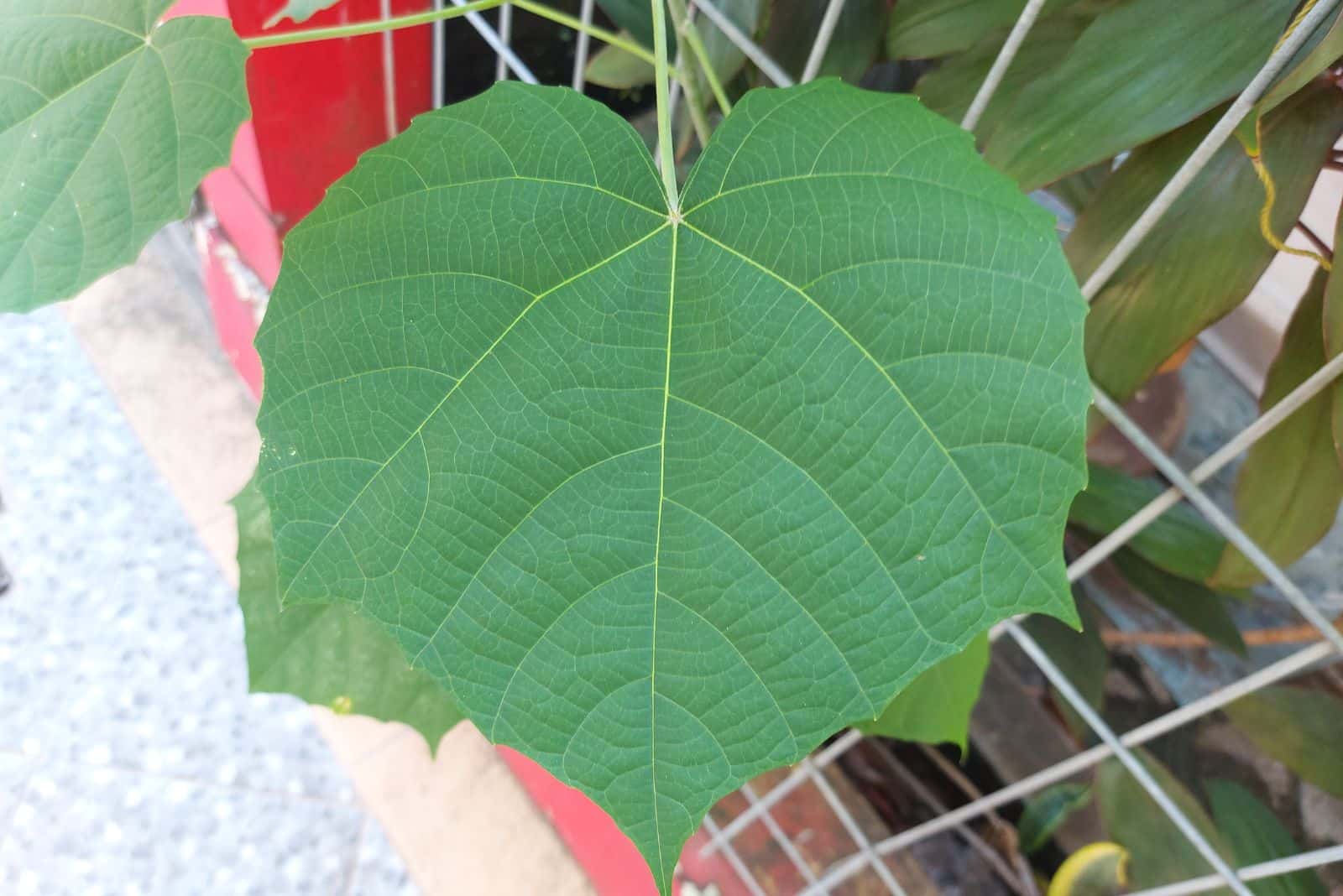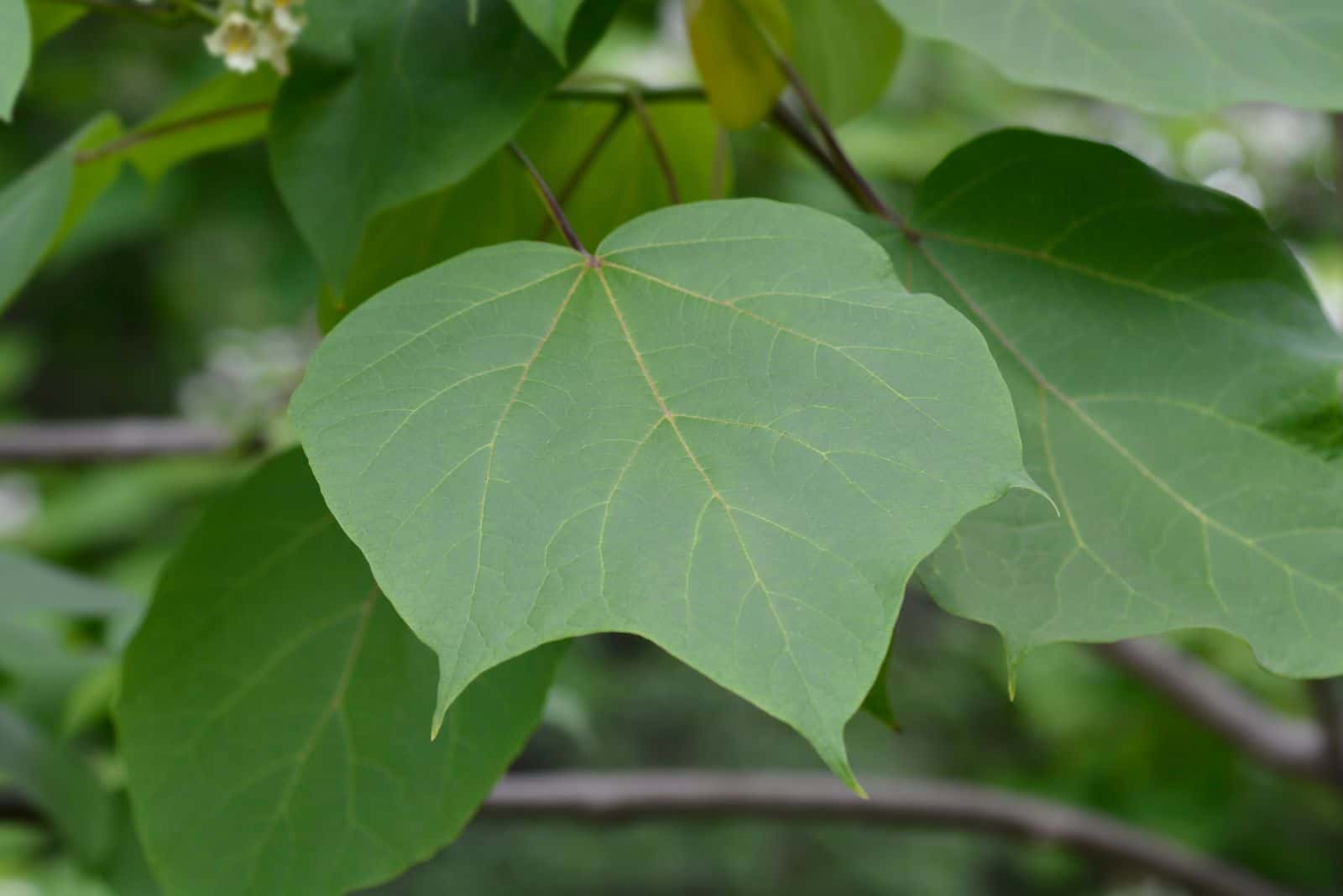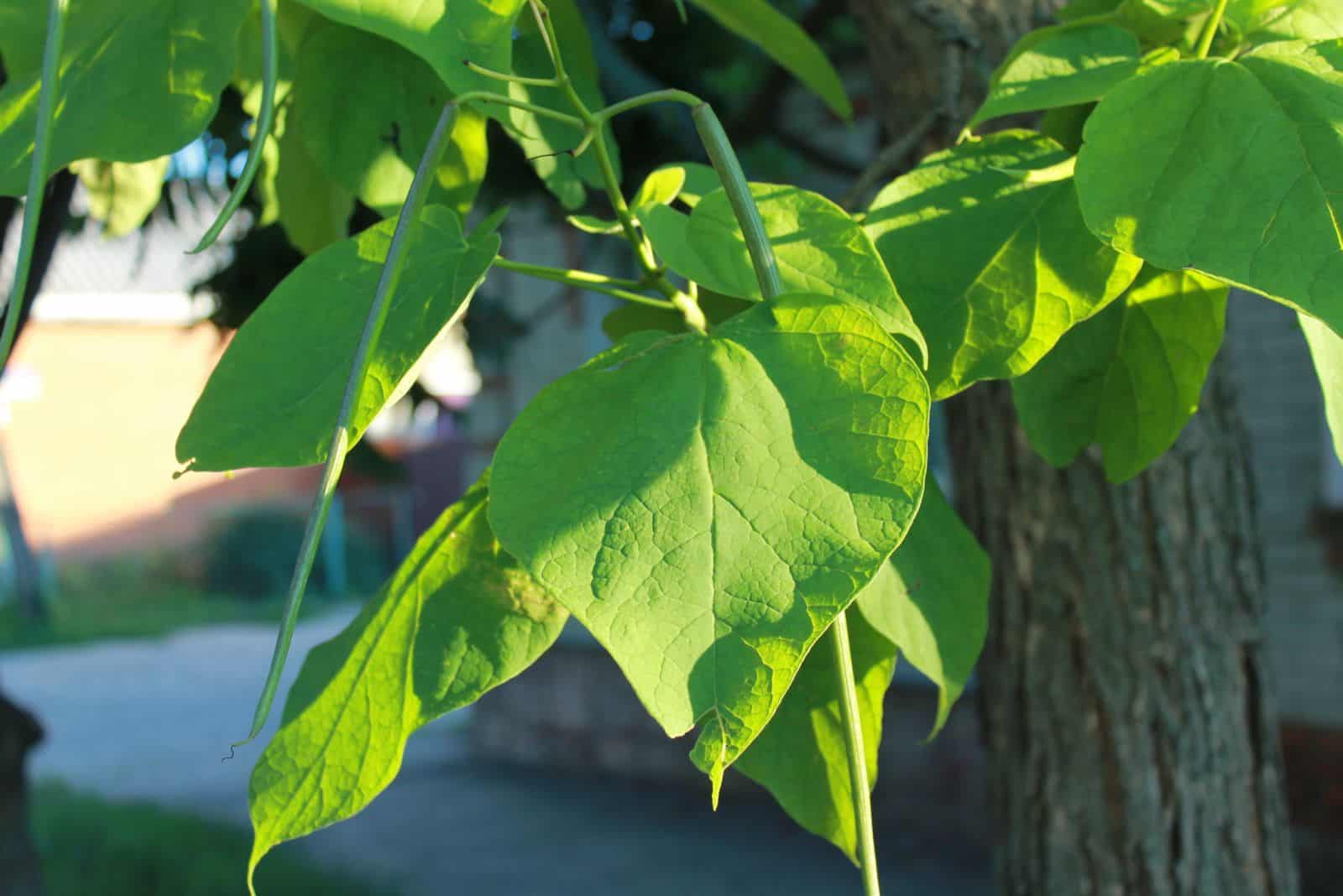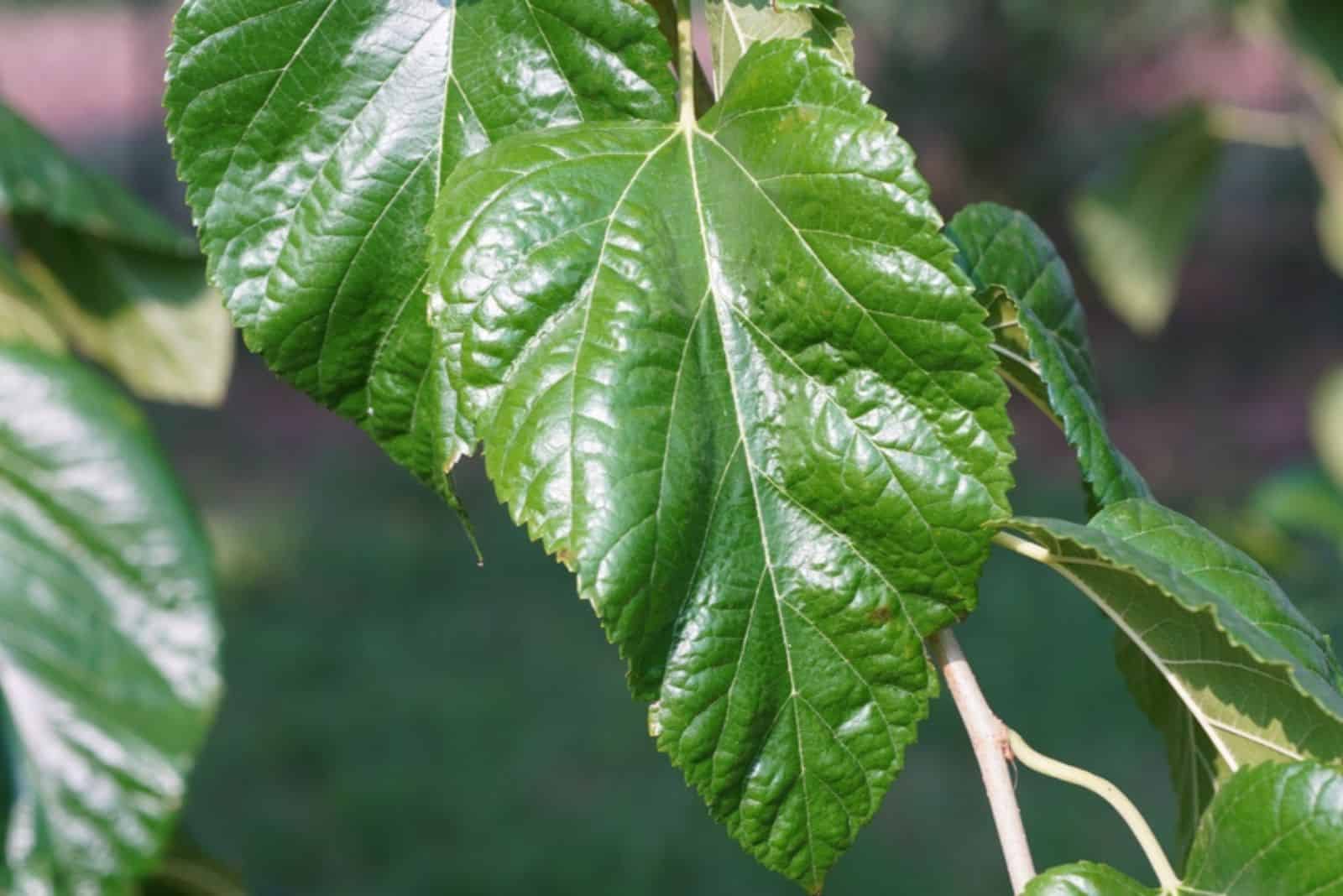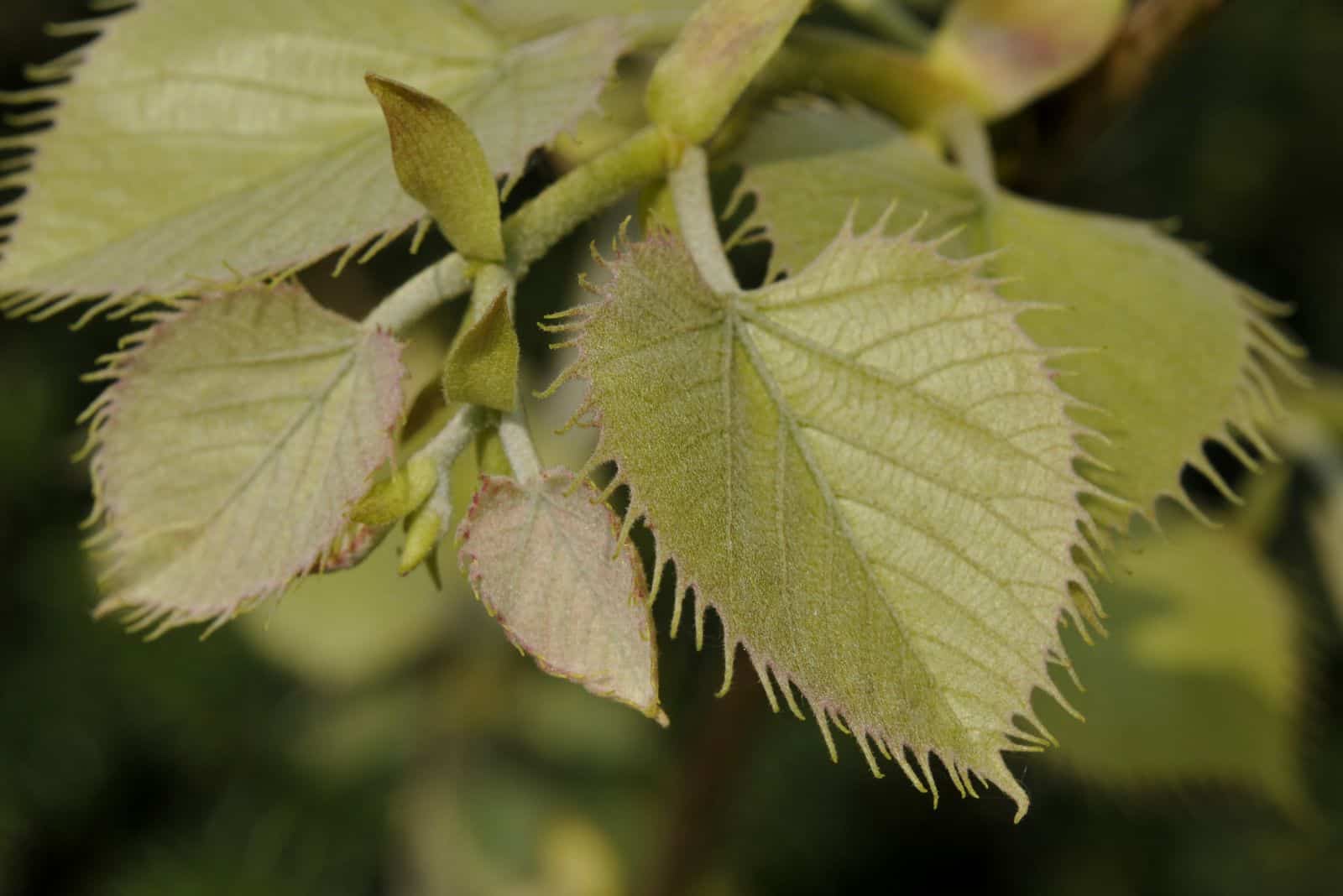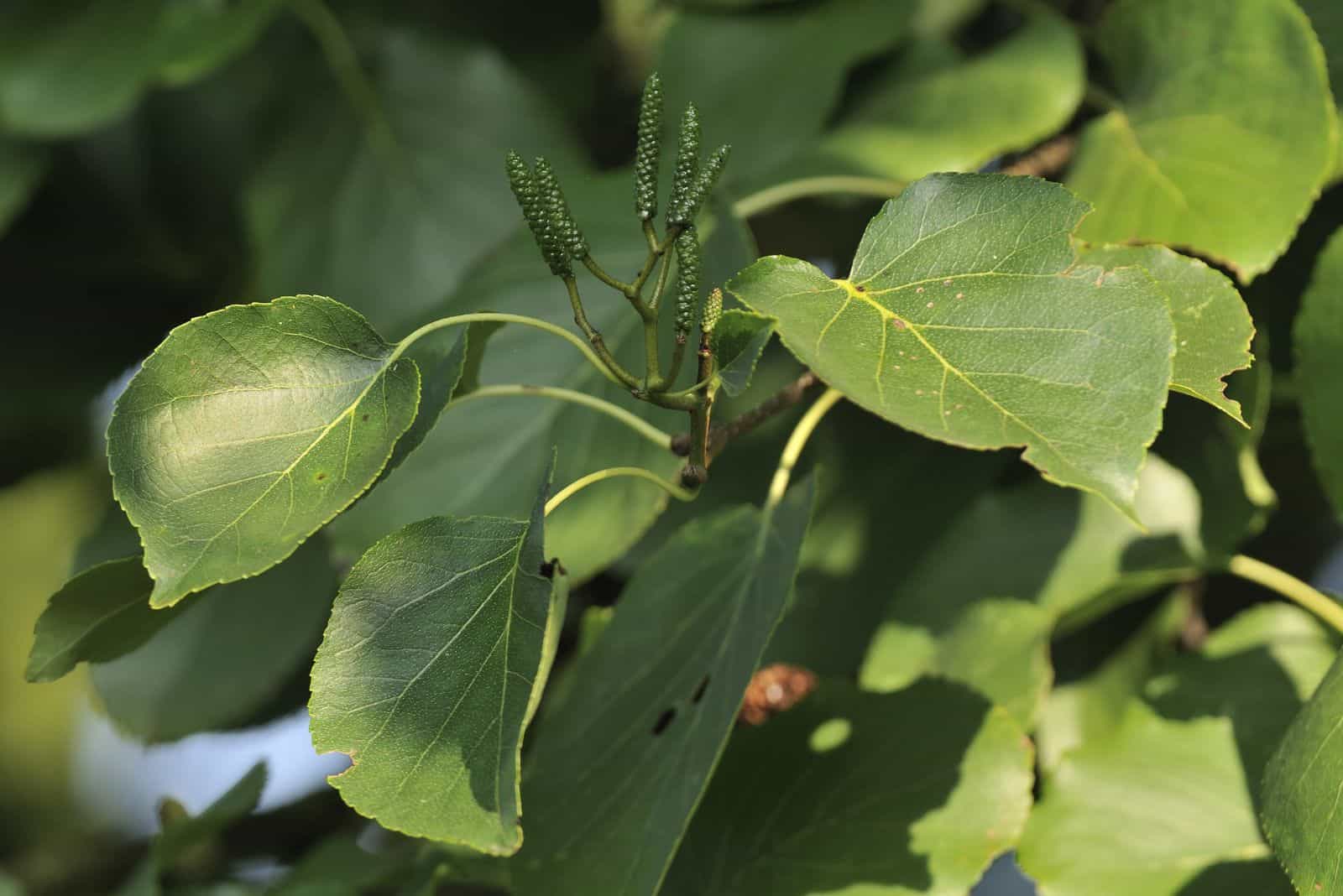Love is everywhere!
If you take a look at various plants, trees, or flowers, you’ll notice that many of them actually have heart-shaped leaves. What better way to spruce up your garden than to grow these romantic trees with heart-shaped leaves?
What’s also amazing is that most of these love trees produce unique-looking flowers that will add more color to your garden and make it look cheery!
So, if you are interested in growing your own trees with heart-shaped leaves, feel free to check out our top picks down below!
1. Quaking Aspen Tree
Botanical name: Populus tremuloides
Tree size: Up to 60 feet high and 20 feet wide
Growing zone: From 1 through 6
Description: This tree has bright yellow fall foliage and pale bark with dark brown margins.
Tree care: Thrives in full sun and can tolerate temperatures as low as -60 °F.
The Quaking Aspen tree is recognized by its pale bark and quilted texture. Its heart-shaped leaves turn golden during the fall, and they also sway swiftly in a soft breeze. This remarkable tree can live up to 200 years.
Since this tree can grow big and tall, it is perfect for creating natural shade in a garden.
Populus tremuloides require well-draining, moist soil and should be watered moderately unless there is a period of drought. There is no need for fertilization if you grow it in healthy and fertile soil.
I would recommend you grow this tree as we have seen widespread crown thinning, branch dieback, and mortality of Populus tremuloides (trembling aspen) throughout North America in recent years [1].
2. Northern Catalpa
Botanical name: Catalpa speciosa
Tree size: 40-70 feet high, 20-40 feet wide
Growing zone: From 4 through 8
Description: The Northern Catalpa produces green heart-shaped leaves and beautiful bell-shaped flowers that are creamy white in color. The bark is grayish and red.
Tree care: Easy-to-grow tree that can tolerate drought and clay soil. Requires full sun to partial shade and moderate watering.
From late spring to early summer, the Catalpa speciosa produces mesmerizing white flowers that will make your garden look dreamy. This lovely variety can be found in regions such as Southern Illinois, Southern Indiana, and Northern Arkansas. Other common names include the Cigar tree, Catawba, and Hardy Catalpa.
However, if you live in the appropriate growing zones, you can grow it in your backyard as well!
When it comes to tree care, it is quite easy to grow. Although this tree can adapt to almost any soil type, it thrives in well-draining soil. It needs some light fertilizing during the growing season (spring through summer).
It is drought-tolerant, but you should still give it water from time to time.
Read also: The Best Trees To Plant Near House & Which To Avoid
3. American Lime
Botanical name: Tilia americana
Tree size: 50–80 feet tall, 30–50 feet wide
Growing zone: From 2 through 8
Description: Produces small yellow flowers that attract pollinators. Heart-shaped leaves grow densely, resulting in the tree’s pyramidal shape.
Tree care: Requires full sun to partial shade, low to moderate watering, and some fertilization during the growing season.
The American lime is otherwise known as American linden, Carolina basswood, American basswood, but also bee tree. If you are wondering why – well, it is because this tree produces honey-scented yellowish flowers that bees absolutely love!
Your garden will be filled with lots of beneficial insects, and the seeds that the flowers produce serve as food for many birds and squirrels.
Tilia americana thrives in nutrient-rich soil. Still, it can tolerate different soil types and air pollution.
4. Hearts Of Gold Redbud Tree
Botanical name: Cercis canadensis
Tree size: 20–30 feet tall, 25–35 feet wide
Growing zone: From 5 through 9
Description: Its heart-shaped leaves have an emerald color that turns gold once the fall approaches. Lovely lavender flowers appear early in the spring and last about 3 weeks.
Tree care: Tolerates different soil types. Requires watering once the topsoil has dried out.
This unique tree was spotted in a private residence for the first time in 2002. Nowadays, you can grow it in your own backyard as well!
Besides beautiful heart-shaped leaves that change color, this tree also produces lovely small flowers that grow in clusters, thus making your garden look more lively. Since it can grow and spread quite widely, it is great for providing shade during hot summer days.
This tree can grow in clay, sand, soil, or chalk. However, it thrives in well-drained soil. It can tolerate some shade and full sun. This variety is usually pest-free.
Avoid transplanting it as it is very fragile. It also only requires minimal pruning.
5. Empress Tree
Botanical name: Paulownia tomentosa
Tree size: Up to 80 feet tall, 30 feet wide
Growing zone: From 6 through 9
Description: The Empress tree produces soft green leaves and purple flowers. It has characteristic silver bands all over the trunk’s surface.
Tree care: Low-maintenance tree that doesn’t require much fertilizing. Requires full sun and moderate watering.
The Empress tree is also called the Foxglove tree and the Princess tree, in commemoration of Russian princess Anna Pavlovna. This beautiful tree has large heart-shaped leaves that grow quite densely.
Beautiful purple-pink flowers appear in the spring. Not only do these flowers make the tree look more aesthetically pleasing, but they will also make your garden smell like vanilla!
In addition, these flowers are edible and often used for garnish. As this tree originates from China, there are many ways to utilize its leaves, bark, and flowers in herbal medicine. Some of its health benefits include improving the skin and treating bruises and upper respiratory tract infections [2].
This low-maintenance tree is tolerant to air pollution, drought, and various soil types… pretty Empressive, right?
6. Yellow Catalpa
Botanical name: Catalpa ovata
Tree size: 30 feet tall, 20 feet wide
Growing zone: From 4 through 9
Description: Deciduous tree with radiant and lobed yellow-green leaves that grow densely. Flowers resembling orchids appear in late spring, making the tree even more alluring.
Tree care: Can grow in clay, sandy, or loamy soil. Requires moderate watering and regular pruning.
The lovely Catalpa ovata originates from Western China. It is also commonly known as Chinese catalpa, though some might also call it Japanese catalpa.
This shade-tolerant tree has a somewhat rounded shape. However, as it matures, leaves grow abruptly, and the tree loses its shape, which is why constant pruning is required. When compared to C. bignonioides below, the leaf is noticeably different. The large, heart-shaped leaf often has three to five distinct, angular lobes.
The leaf’s underside is blue-green and tomentose, while their surfaces have a beautiful yellowish-green color. The little white to pale yellow flowers have a mild fragrance. Their stripes and spots range in color from red to brown to purple.
Keep an eye out for moth caterpillars as they can do significant damage. Other diseases such as mildew, leaf spot, verticillium wilt, and twig blight may also appear, so keep that in mind as well.
7. Southern Catalpa
Botanical name: Catalpa bignonioides
Tree size: 60 feet tall, 50 feet wide
Growing zone: From 5 through 9
Description: This tree produces glossy green leaves and white flowers with a strong fragrance.
Tree care: Prefers moist, well-draining soil. Can tolerate full sun and partial shade.
Southern Catalpa, otherwise known as the cigar tree and Indian bean tree, is native to the southeast part of the US. Still, it can grow perfectly fine in the appropriate growing zones.
This tree produces characteristic heart-shaped glossy leaves with prominent veins and a knotty trunk. In late spring, trumpet-like flowers appear briefly. These flowers have a sweet-pea-like fragrance, although some might say they resemble the smell of jasmine.
What’s interesting about the Catalpa bignonioides is that it is cited as a stimulating tonic in syrup form, the decoction of the pods as a demulcent with relaxant and stimulant properties, and the leaves are described as helpful for irritable ulcers [3].
8. White Mulberry
Botanical name: Morus alba
Tree size: 60 feet tall, 40 feet wide
Growing zone: From 5 through 10
Description: Glossy green leaves, small white flowers, and sweet and delicious fruits are characteristic of this tree.
Tree care: Requires neutral soil pH and low watering. Can grow in full sun and partial shade.
If you are looking for a tree that will sit perfectly, provide shade, and produce honey-like fruits, then white mulberry is the right choice for you!
This tree has beautiful shiny green leaves that turn golden as the fall approaches. In the spring, it will produce tiny white flowers that will eventually turn into delicious fruits. You can use these fruits to make delicious pies, jams, and cakes.
I recently stumbled upon a Reddit thread where they discussed making white mulberry wine. It’s supposed to be super delicious. If you want to learn more about it, click here.
9. Henry’s Lime
Botanical name: Tilia henryana
Tree size: 20-30 feet tall and wide
Growing zone: From 6 through 8
Description: Henry’s lime tree produces heart-shaped leaves with tiny spikes along the leaves’ edges. Green leaves turn golden once fall arrives. During summer, fragrant yellow flowers appear that are great for attracting pollinators.
Tree care: Prefer slightly alkaline soil that is also well-drained. Can grow in full sun and partial shade. Keep an eye out for aphids and caterpillars.
Henry’s lime tree produces heart-shaped leaves fringed with long teeth, which makes them look edgy. In midsummer, small yellow flowers grow in drooping cymes. These flowers are rich in nectar and attract lots of pollinators, especially bees.
Tilia henryana originates from China, but nowadays, it can be seen almost everywhere. You might be wondering why it is called Henry’s lime – well, it was given that name in honor of Augustine Henry, an Irish nurseryman who discovered it back in 1888.
This slow-growing tree requires moist, well-draining soil that is rich in nutrients. It also requires moderate watering.
10. Italian Alder
Botanical name: Alnus cordata
Tree size: Up to 80 feet tall and 40 feet wide
Growing zone: From 5 through 7
Description: This Italian beauty is characterized by shimmery green leaves and smooth gray bark. In the spring, reddish-brown flowers appear, and they fit perfectly with the green and gray background.
Tree care: Hardy tree that tolerates wet soil. Needs full sun but can grow in partial shade. Thrives in well-drained fertile soils.
There are lots of beautiful zone 7 trees, but Italian alder is definitely one of a kind!
As the name suggests, Alnus cordata is native to Italy and some regions of Greece. It grows quickly and will eventually reach a height of 50 feet. The side branches grow almost horizontally, which is distinctive.
In the spring, reddish, yellowish, or creamy-white catkins flowers appear.
These trees are known for their remarkable wind resistance properties, which is why they are often planted in front yards or parks. When it comes to tree care, it requires medium watering and some fertilizing if the soil is lacking in nutrients.
Wrapping Up
Plant trees with heart-shaped leaves and spread the love!
Most of these trees don’t have any special requirements, and some can even grow in very poor conditions. Still, you should take into consideration the growing zone and available space.
Don’t plant big trees too close to your house, as their roots can mess up pipes and driveways as they grow. If you have a large garden with plenty of space, then you don’t have to worry!
That’s if, folks. I hope this article was helpful.
Until next time!
References:
1. Worall et al. (2013). Recent declines of Populus tremuloides in North America linked to climate. ScienceDirect
2. Traditional uses and benefits of Empress tree. HealthBenefits times.
3. Mingarro et a. (2003). Biological activity of extracts from Catalpa bignonioides Walt. (Bignoniaceae). ScienceDirect

